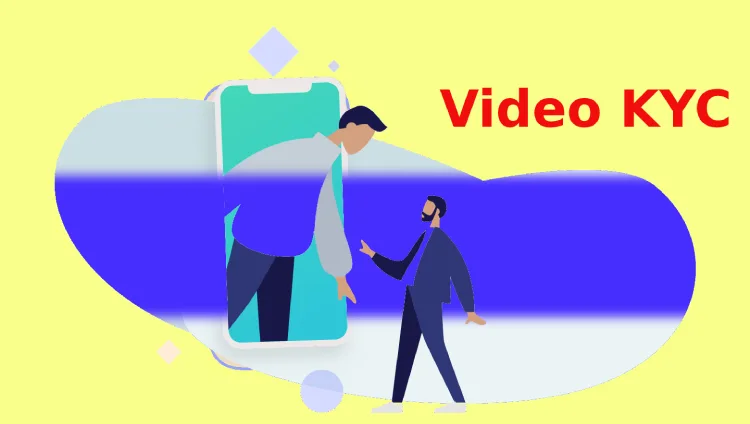KYC is an integral part of business processes. For instance, it is equally important for customer onboarding and an employee’s identity verification. However, the way in which businesses carry out the KYC process has evolved with improvements in technology and AI-enabled tools.
Changing businesses objectives also played a key role in expediting this evolution. Today, streamlining the customer experience is crucial for a business to succeed, and the older methods of carrying out KYC processes made it a challenging task.
Previously, field officers carried out most of the KYC processes or businesses, and banks asked customers to make a personal visit with all the relevant documents. But, now, after the Covid-19 pandemic and companies using digitally-enabled technologies, things have changed dramatically regarding KYC.
Instead of traditional KYC, most companies have started to use digital KYC that reduces human intervention and completes the process within minutes. As a result, among all sectors, banking and other financial institutions have taken a significant leap in the customer onboarding process.
Video KYC is one such digital innovation that has made it possible to capture the KYC of customers in real-time without making a physical visit to the office. Many banks and other firms that need KYC details partner with Video KYC Companies equipped with the latest AI technology and a quick customer response team. Let’s discuss some insights into what Video KYC is and how it works for customer onboarding and vendor verification.
What is Video KYC?
Video KYC is an online face-to-face identity verification method where a KYC agent will capture the customer’s live images and KYC documents through a secured video call. The customers also need to upload the identity proof documents along with digital signatures to finish the KYC process from any corner of the world.
The ease and speed at which this process can be carried out have prompted banks and other intuitions to partner with Video KYC Companies experts in carrying out customer onboarding and vendor verification.
How Video KYC Works?
In Video KYC, the entire process of identification is carried out through a secure video call. It requires the users to confirm their identity with the help of supporting documents like Aadhar card, driving license, passport, etc.,
Instead of depending on various channels to complete the KYC process, a video- CIP enables omnichannel user engagement where document verification and facial recognition are done in real-time during the video call.
Steps in Video KYC:
- The customer will register on the platform provided by the Video KYC Companies. The customer gets connected with the KYC agent through a video call.
- The KYC agent asks a set of questions for liveness detection.
- The customer needs to show the identity proof documents during the video call.
- The documents are verified against forgery using fraud detection tools.
- The facial recognition is carried out to match the customer’s face with the photo available in the identity proof document.
- The final results are saved in the vendor’s database, and if everything is ok, the KYC process is successfully completed, and the customer can go through the next onboarding stage.
Video KYC in India:
RBI has issued new guidelines on performing Video KYC in 2020. This technology was necessary due to the Covid-19 pandemic and the need to maintain social distancing. Hence, most banks and other organizations are using the services of Video KYC Companies in full flow for both customer onboarding and vendor verification.
The Securities and Exchange Board of India organization has issued some requirements on using Video KYC. These include:
- The Video KYC process is carried out by an authorized Registered Intermediary (RI) official after receiving consent from users and investors.
- The environment must be free of any disturbances, and the face of the user should be visible on the camera.
- The process must include random Q and A to ensure liveness.
- The customer must display their signature, KYC form, and Officially Valid Documents (OVDs). An OTP can also be used to validate them.
- The KYC agent should run verification tests to ensure the Aadhar photo matches the user.
- After completing the video KYC process, the recordings must be kept in a secured place with time and date stamps.
Video KYC is here to stay, and everyone must have a basic understanding of what it is and how it works. Most banks and other intuitions across India have partnered with Video KYC Companies. The pointers discussed above will help you participate in the KYC process without hesitation.












